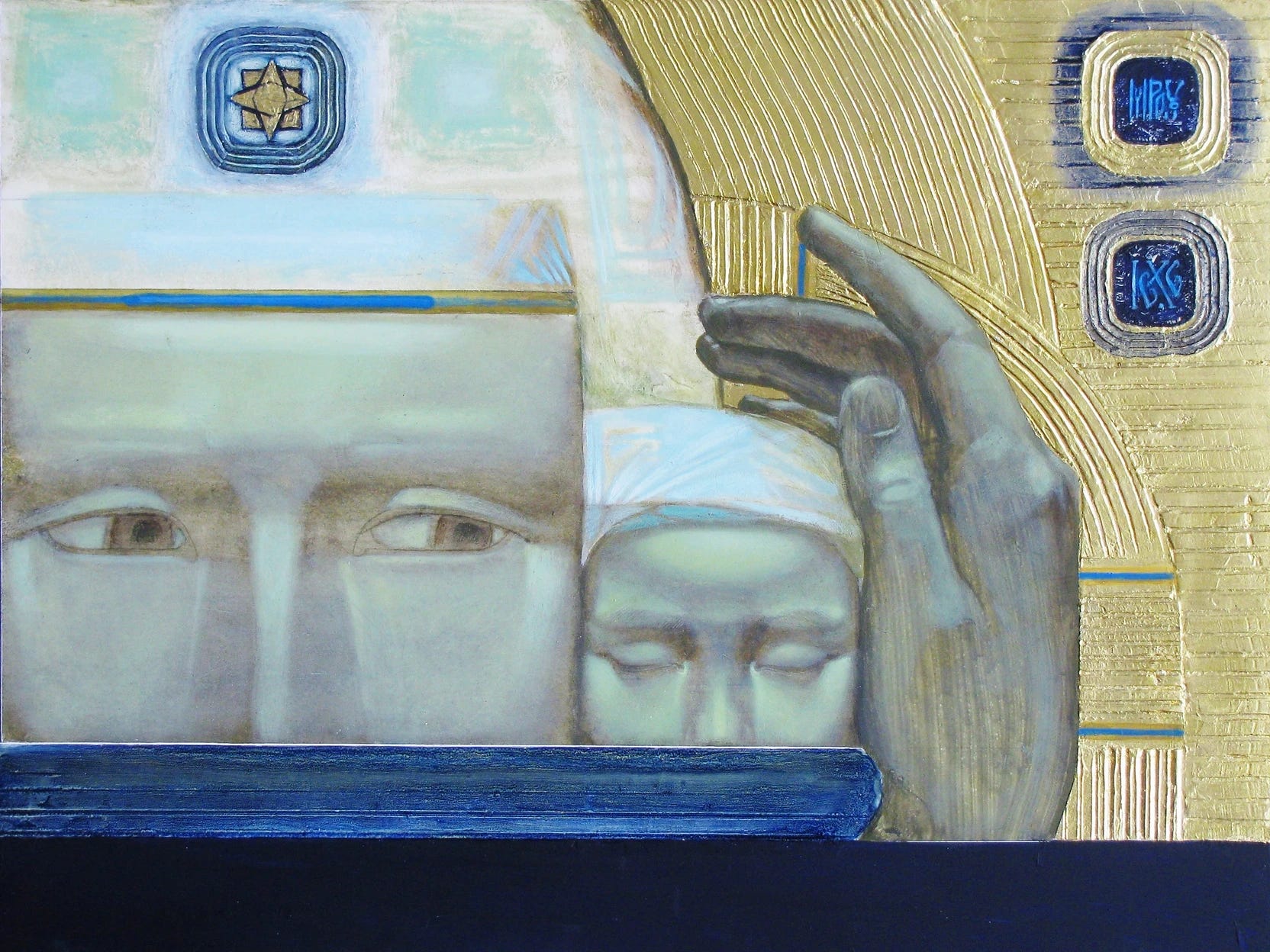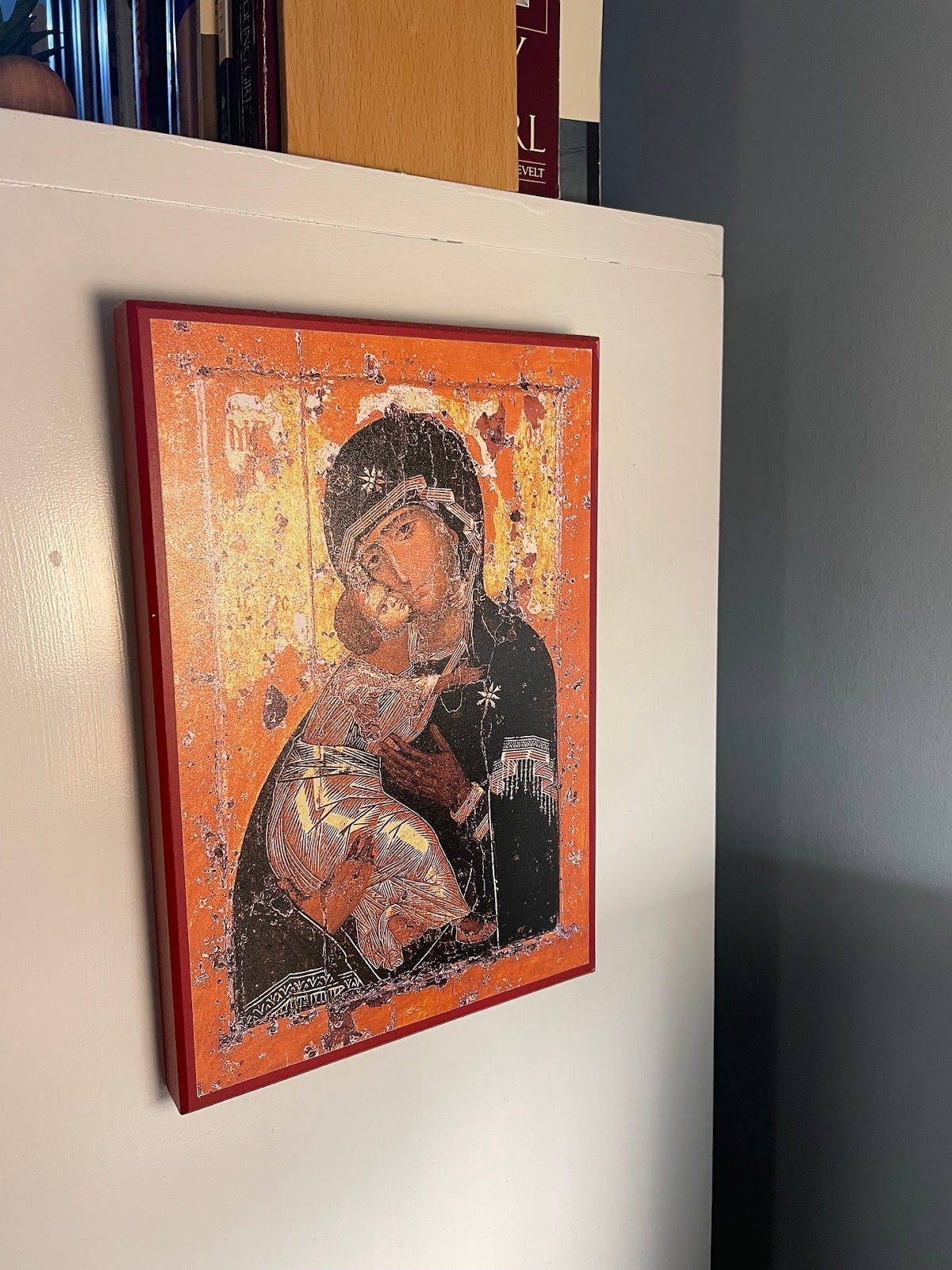About the author: Yanan Rahim (he/him) is a writer and editor from the Philippines, whose work has been published in Christianity Today, Sojourners Magazine, Bittersweet Monthly, Geez Magazine, Inheritance Magazine, Interfaith America, and more. He is currently pursuing his M.Div. at Princeton Theological Seminary, studying the intersections of race, religion, settler colonialism, and ecology. He is also an Interfaith and Climate Change Fellow at Faith For Our Planet at Duke University.
Recently, I exchanged texts with my friend Tim Gabuna, reflecting on the reality of God’s entanglement with the earth. We ended up texting about the ways Indigenous theologians think of the earth as not only a sign, but the material means through which God’s care is given for us—that is, God’s extravagant love revealed through plants, herbs, insects, wildlife, water, wind, and rain, these ordinary beings. In many ways, Tim’s texts pointed me to reflect upon the very earth as a “gift,” as Tim put so wonderfully in his texts to me:
I think of the connecting experiences between Indigenous spirituality and Christianity through the language of Creator and the gifts of creation. Understood correctly, there’s the recognition of our Creator loving us and caring for us through the land we live, play, and work on, and that is more than enough to find common ground on.1
However, in that language of “gifts of creation,” I found myself in an uneasy tension as my reflections quickly moved to ponder how we, as human beings, have not treated the earth and its creatures as gifts. Scrolling through social media feeds at the turn of the new year, it is easy to recognize a back-and-forth between excitement and fear: people’s New Year’s resolutions juxtaposed against realities of bloodshed in Gaza, Ukraine, Congo, Sudan, and other war-torn places; the ball drop alongside anxieties surrounding the possibility of a former president’s re-election; fireworks and kiss-cams with headlines about 2023 being the warmest year on the planet to date, a clear sign of impending ecological collapse.2
We have not treated this world, nor have we treated one another and our creaturely kin, as gifts.
Instead, violence pervades the face of the earth; the blood of our creaturely kin crying to God from the soil, groaning for justice, groaning for healing, groaning from the depths of the earth’s wounded spirit. The oft-quoted words of the first-century rabbi Paul in Romans 8:22 echo in my mind, “We know that the whole creation has been groaning…”3 It seems we have forgotten that this life is a gift, that every life is a gift, and thus have acted accordingly.
My friend Tim’s language of “gift” struck a chord in me. What might living on this earth look like if we truly treated this home we share as a gift? If we treated our neighbors, those with whom we share this earth, as gifts as well?
Amid our text messaging, these questions arose within me as my eyes lifted upward to an icon, hanging from the side of my bookshelf. It was an icon gifted to me also by Tim, depicting Mary holding her child Jesus, the latter of whom Christians confess to be God-made-flesh for the life of the world.
God as an infant, cradled by Mary, God’s mother (Theotokos)—here and now, at the site of the earth.
Though it is beautiful to know Jesus as God’s gifting of God’s self for creation, what often gets minimized, or worse, gnostically abandoned, is that Jesus is just as much the gift of creation as he is the gift of God. Many times, I return to the profound intervention of theologian Bruce McCormack, whose contention in The Humility of the Eternal Son: Reformed Kenoticism and the Repair of Chalcedon asserts that a faithful Christology affirms fully not only God’s divinity, but also God’s humanity—that is, God’s choosing (“election”) to be a creature in and through the humanity of the Nazarene Jesus. In other words, the creatureliness of God cannot be separated from God, but is fundamental to God’s very being as the God who has self-determined to be for the cosmos, to be vulnerably in covenant with creation as its Creator. This is the crucial profundity of what the Council of Chalcedon (451 CE) has helped articulate as the “hypostatic union,” which is, perhaps, a theology of God’s entanglement with the earth.4
Borrowing from McCormack, this then is the scandal of the incarnation: inherent to God’s self is the reality of fleshly vulnerability, as God has been revealed in the flesh and blood of a frail, Jewish infant nurtured and nursed by his mother Mary under the stars of Bethlehem. Indeed, eco-theologian Norman Wirzba points to the reality of human flesh as a “divinely-animated variation of the soil’s being.” Wirzba clarifies that this does not simply mean that human beings are merely related to soil, but “are soil” in themselves. This is the significance of God, whom we read about in Genesis 1, breathing and imparting life into the dirt-formed human creature “mouth-to-mouth, nostril-to-nostril.” In this regard, the humanity of God is not simply related to soil, but is soil in God’s self. In other words, God’s creatureliness is a real humanity—a “divinely-animated variation of the soil’s being.”5
The scandal is that, when one looks upon that child, the cosmic glories of God are disclosed fully (not partly) in the advent mystery of a dispossessed young woman and her newborn, whose bodies are variations of the soil’s life—the very land to which and from which God was born. In this regard, we could perhaps begin to know Jesus as just as much the gift of creation as he is the gift of God, born of Mary the mother of God.
This is the beauty of the gift—God’s gift to not only be the Creator of creation, but fully and truly a creature with creation. Many theologians have assigned the word “grace” to this reality, as it is only through God’s goodness and the life of the soil that we are able to receive and know the gift of Jesus in all his fleshly glory.
This is what grace means: “gift.” Indeed, this gift is the same Eternal Son who devoted himself to his mother’s teachings and the Torah, learning the stories that have shaped his land and his people; who lived in and through those stories, gathering around his body the downtrodden and displaced of the Roman imperial regime; who transgressed borders and joined his flesh with Samaritans and people with disabilities, teaching crowds how to live with the very earth that they shared with one another.6
This is the scandalous grace of God incarnate, disclosed in the flesh of a Nazarene carpenter who proclaimed that the presence of God was at hand, that God could be touched with our fingertips.
In a world ravaged day and night by disaster, calamity, and violence, the flesh of Jesus calls us to a different kind of relationality—an “otherwise possibility” as Black thinker Ashon Crawley puts it in Blackpentecostal Breath: The Aesthetics of Possibility.7 This relationality envisions the possibilities of life without borders, of flourishing without end. Another word for this might be “eternal life,” or a life lived well with God, our neighbors, and our creaturely kin.
The horrific current events of our time prod me to realize what God means when God has declared this earth to be God’s home—the place of God’s dwelling in the flesh of Jesus, a first-century dirt-person from Nazareth. This God-human discloses the “harmony way” of the earth’s life, as Native theologian Randy Woodley puts it—one that is otherwise from the tremendous violence enacted upon the soil.8 Here, in the “harmony way,” is the possibility of habitation, the sharing of land and earth with one another as Jesus reveals the hypostatic joining of the divine, the human, and our creaturely kin in his very flesh.9
Without erasing our differences, might there be this possibility of communion? Perhaps a communion of entanglement, one gathered by the earth as our shared home? This, I believe, is what the gift of Jesus and the scandal of the incarnation calls us to: an indwelling, a habitation, a shared home, where Creator and creation live within each other in porous love. Understood in this light, might we be able to yearn for a higher calling beyond the delusions of our violent times, toward one that sees glory and beauty in the profundity of ordinary things—maybe, the ordinariness of a child held close by his mother at the site of the earth.
In the same way that we begin to know Jesus as God’s and creation’s gift for us, might we be able to see one another no longer as enemies, but as kin, as siblings, as neighbors and dwellers of the earth—as gifts, to one another.
Indeed, for Christians, this all begins when we first recognize that our Lord is just as much the gift of creation as he is the gift of God, fully and truly Creator and creature. Both must be of equal cruciality, without division, and thus without separation, as God joins God’s self with the lives not only of humans, but also of animals, plants, and the soil as such, being a creature whose body can only have existence through the dirt from which God shaped the clay for creaturely flesh.
An excerpt from one of Tim’s texts to me. Edited for clarity.
For more on the latter, read The New York Times article “See How 2023 Shattered Records to Become the Hottest Year,” where the authors argue:
The numbers are in, and scientists can now confirm what month after month of extraordinary heat worldwide began signaling long ago. Last year was Earth’s warmest by far in a century and a half. […]
To climate scientists, it comes as no surprise that unabated emissions of greenhouse gases caused global warming to reach new highs. What researchers are still trying to understand is whether 2023 foretells many more years in which heat records are not merely broken, but smashed. In other words, they are asking whether the numbers are a sign that the planet’s warming is accelerating.
Quoted from the NIV.
Bruce Lindley McCormack, The Humility of the Eternal Son: Reformed Kenoticism and the Repair of Chalcedon (New York: Cambridge University Press, 2021). See also McCormack, “Grace and Being: The Role of God’s Gracious Election in Karl Barth’s Theological Ontology,” in The Cambridge Companion to Karl Barth, ed. John Webster (New York: Cambridge University Press, 2000), 92–110.
Norman Wirzba, This Sacred Life: Humanity’s Place in a Wounded World (New York: Cambridge University Press, 2021), 64, 66.
An important text here for a theology of disability, covenant, and liberation is Lisa D. Powell, The Disabled God Revisited: Trinity, Christology, and Liberation (New York: T&T Clark, 2023).
Ashon Crawley, Blackpentecostal Breath: The Aesthetics of Possibility (New York: Fordham University Press, 2016).
Randy Woodley, Shalom and the Community of Creation: An Indigenous Vision (Grand Rapids, MI: Eerdmans, 2012).
I am crucially borrowing the language of “habitation” and “dwelling” from Willie James Jennings, “Jesus and the Displaced: Christology and the Redemption of Habitation” (2023 Bampton Lectures, Oxford University, Oxford, UK, May 23–30, 2023). These lectures provided much of the inspiration for this piece.







